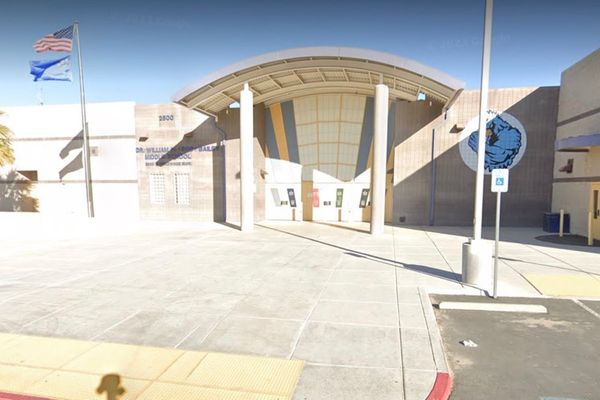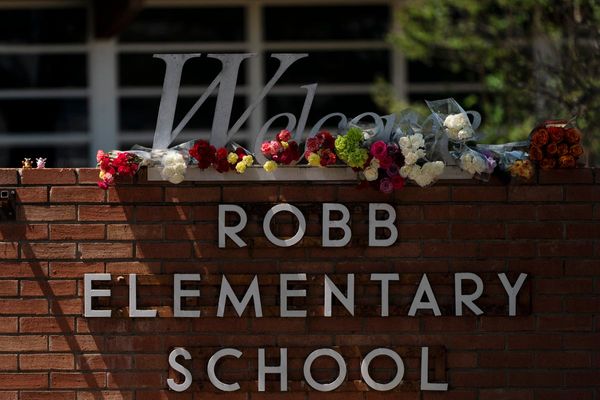
This is merely the start of a judicial battle, and the matter will not end here at Gyanvapi alone. From Mathura’s Shri Krishna Janmabhoomi to Qutub Minar, Taj Mahal and Bhojshala, many disputes are being pushed forward from the back burner. Are we about to experience another period of turbulence like the one we had from 1989 to 1992? Those who believe that just one religion is to blame for everything should remember that in our country, members of various faiths used to fight each other long before Jesus and Muhammad were born. According to legend, Chanakya left his disciple emperor Chandragupta and his court for a brief period. Reason? The youthful ruler had been swayed by the Jain muni Bhadrabahu.
Returning to Gyanvapi. Aurangzeb, who destroyed Lord Mahadev’s temple, contributed financially to the construction of Kashi’s Aparnath Math and Tekra Math. The demolition of the Vishwanath temple and the construction of a mosque were opposed by Baba Aparnath. So, what made this king so humble? Did he intend to confuse by eliminating one centre of religion while extending royal support to others in order to put an end to the rebellion? Or was he yearning for his zenith in a way?
We should recall that Aurangzeb made a proclamation when he was a prince. “Abul Hasan (the warlord posted in Varanasi) should know this... it has been decided by our holy legislation that existing temples should not be demolished and new temples should not be established," says the text, which can be found in the Bharat Kala Bhawan of Banaras Hindu University. “Some people are tormenting some brahmins in Banaras and its neighbouring areas due to malice and enmity, according to news that has recently reached our very ideal and holy court. In addition, the temple’s caretakers seek to remove the Brahmins from their positions, which could cause discontent among the sect. That’s why its my royal order that as soon as the Farman appears, you will be warned that in the future, Brahmins and other Hindus will not be subjected to any form of injustice. In this way, people can all go about their work in peace and worship in the kingdom given to us by the grace of Allah (which will last forever). This should be considered as soon as possible."
You’ve probably figured out the politics of demolition and construction by now, but the story doesn’t end there.
Thousands of temples, including the three holiest holy sites of Hindus, have been razed, and mosques have been built in their stead. As a result, the majority of the country’s people are expressing their sorrow and indignation. How may their feelings be healed? During the Ram Mandir movement, LK Advani and Late Ashok Singhal said that if we have Ayodhya, Mathura, and Kashi, we will be content and will not make any other such demands. This is something that Muslim politicians and religious leaders do not believe in. Even if they accept this assertion, they think there is no guarantee that over three thousand so-called contentious Muslim shrines will remain unaffected in the coming years. The All India Muslim Personal Law Board has demanded that the Places of Worship (Special Provisions) Act approved on September 18, 1991, be implemented as soon as possible. This Act prohibits the conversion of any place of worship and ensures that the religious character of the building remains as it was on August 15, 1947.
Sure, it’s a case of suspension. There can be a middle ground if we follow the correct examples from our shared culture and history. This was done to put an end to a feud in Madhya Pradesh’s Bhojshala. On Tuesdays, Hindus worship and Muslims offer Namaz on Fridays, however, in the past, a lawsuit was filed to prevent the erection of a Saraswati statue and the practice of Namaz there.
Clearly, the problem is not limited to places of worship. We need to bridge a wide divide. For centuries, emperors and politicians have used many methods to create large fissures in society. Why shouldn’t the country’s responsible citizens and leaders take action in this regard? The relationship between Japan and US can teach us many things. Once, America responded with atomic bombs to Japan’s attack on Pearl Harbor, but both the countries went on, forgetting any kind of anger.
Here I remember Mahapandit Rahul Sankrityayan. He said “Those who do not comprehend history become history itself." It is now up to us to decide whether 21st-century India wishes to make history or be engulfed by it.
Shashi Shekhar is editor-in-chief, Hindustan. Views are personal







